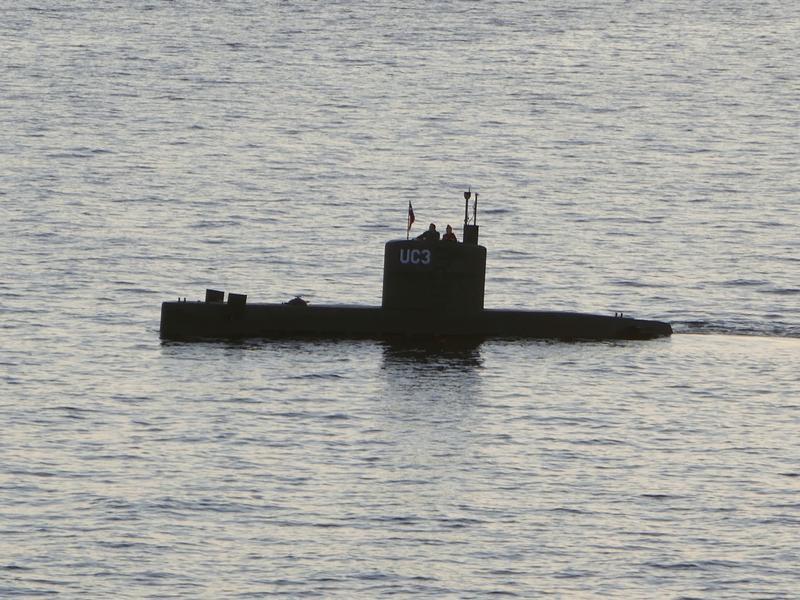COPENHAGEN—Swedish journalist Kim Wall died when she was accidentally hit by a heavy hatch cover on board a home-made submarine, the Danish owner of the vessel testified in court on Tuesday.
Peter Madsen, who denies killing Wall, said he was holding the hatch for her but it slipped and hit her head as they sailed in the strait between Denmark and Sweden last month on the UC3 Nautilus submarine he had built.
Madsen, 46, was speaking in court after being charged with killing the Swedish journalist on the submarine and mutilating her body---a case bearing many of the attributes of the region’s popular Nordic Noir books and films.

A photo of Swedish journalist Kim Wall who was aboard a submarine "UC3 Nautilus" before it sank. TT NEWS AGENCY/ Tom Wall Handout via REUTERS





